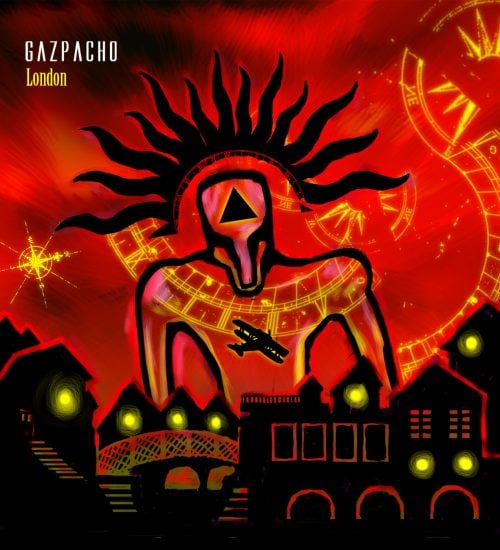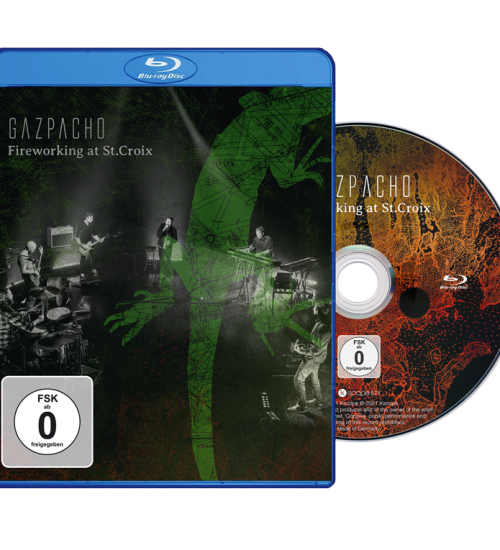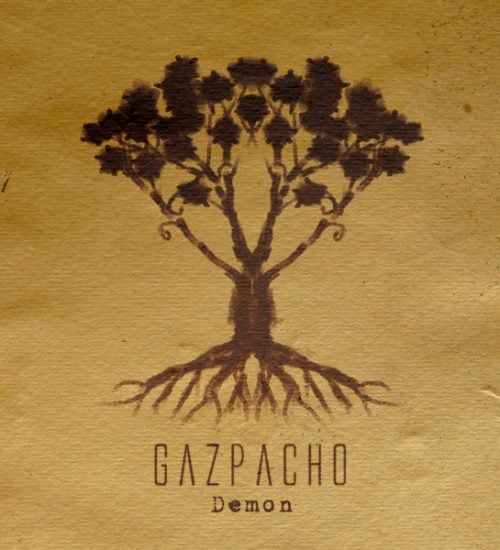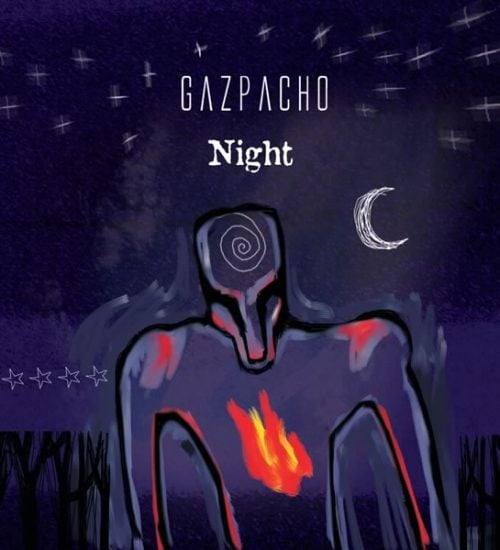Molok (CD in mediabook)
€15.00
‘Molok’ the follow up to 2014 album ‘Demon’ sees the band continue to push the boundaries for creating the most complicated and strangest concepts for a record while simultaneously becoming the first band ever who are actively trying to destroy the universe with their album.
Recorded at Krypton Sound Planet studios in Oslo, the self-produced album has been mixed by Daniel Bergstrand (In Flames, Meshuggah, Soilwork, Dimmu Borgir).
Molok features guest musicians Stian Carstensen from the eclectic group Farmers Market on accordion and ethnic instruments, and music archaeologist Gjermund Kollveit playing the aga stone (the oldest known instrument ever to be featured on a CD).
In stock
Description
A small code that sounds like a strange noise at the end of the album will cause the correction software that runs in all CD players to generate a random number every time the CD is played. If that number should correspond to the actual position of all electrons in the universe then technically the universe could be destroyed.
Dr Adam Washington from the University of Sheffield confirms that this is science fact rather than fiction, ‘the random signal produced by the end of the disk contains enough bits of information to express a measurement of the total number of fundamental particles present in the universe. If the noise actually contained such a measurement, and that measurement was performed rapidly enough, the universe’s total particle count could be fixed under the Quantum Zeno effect. Locking the total particle count would prevent the pair production that forms a fundamental part of the decay of black holes. Without such decay forces, black holes would remain stable forever, without the need for nearby matter or the cosmic microwave background to keep them fed. This would greatly hasten the practical end of the universe.’
Of course you may wonder why a band would want to destroy the universe but as the band ask, ‘If it can be destroyed by such minute creatures within it, if it is just a chemical reaction, then does it have any spiritual value? In this scenario there is no good or bad, just an absence of meaning`
Across the album there are religious themes going head to head with modern day new science ideas and theories, ‘the album itself is about a man that sometime around 1920 decides that wherever anyone worships a God they always seem to be worshipping stone in some form. Whether it is a grand cathedral, the stone in Mecca or Stonehenge. God seems to have been chased by his worshipers into stone never to return. This harkens back to Norwegian folk myths where if a troll was exposed to sunlight it would turn to stone but it also reflects the way God has been incommunicado for a very long time.’
Throughout ‘Molok’ the band focus on the idea that without God/a god to guide us, humanity is unsure of the meaning of life, that while we attempt to fill the void with other things we’ve still not found the answer and without a master to lean on we are very much alone in this universe.
‘Molok’ makes a direct connection with history. Norwegian music archaeologist Gjermund Kolltveit appears on the song “Molok Rising” plays his reconstruction of stone-age instruments making an educated guess at what the early songs of worship must have sounded like. This includes small stones, moose jaws and an assortment of flutes and stringed instruments. He also plays the Skåra stone, a singing stone which has a strong possibility of having been in use since the last ice age ended 10.000 years ago. Technically this means that the album uses the oldest original instrument ever recorded on an album.
Tracks:
1. Park Bench [6:54] 2. The Master’s Voice [4:08] 3. Bela Kiss [2:43] 4. Know Your Time [6:09] 5. Choir Of Ancestors [4:48] 6. ABC [3:20] 7. Algorithm [3:09] 8. Alarm [3:53] 9. Molok Rising [9:35]






